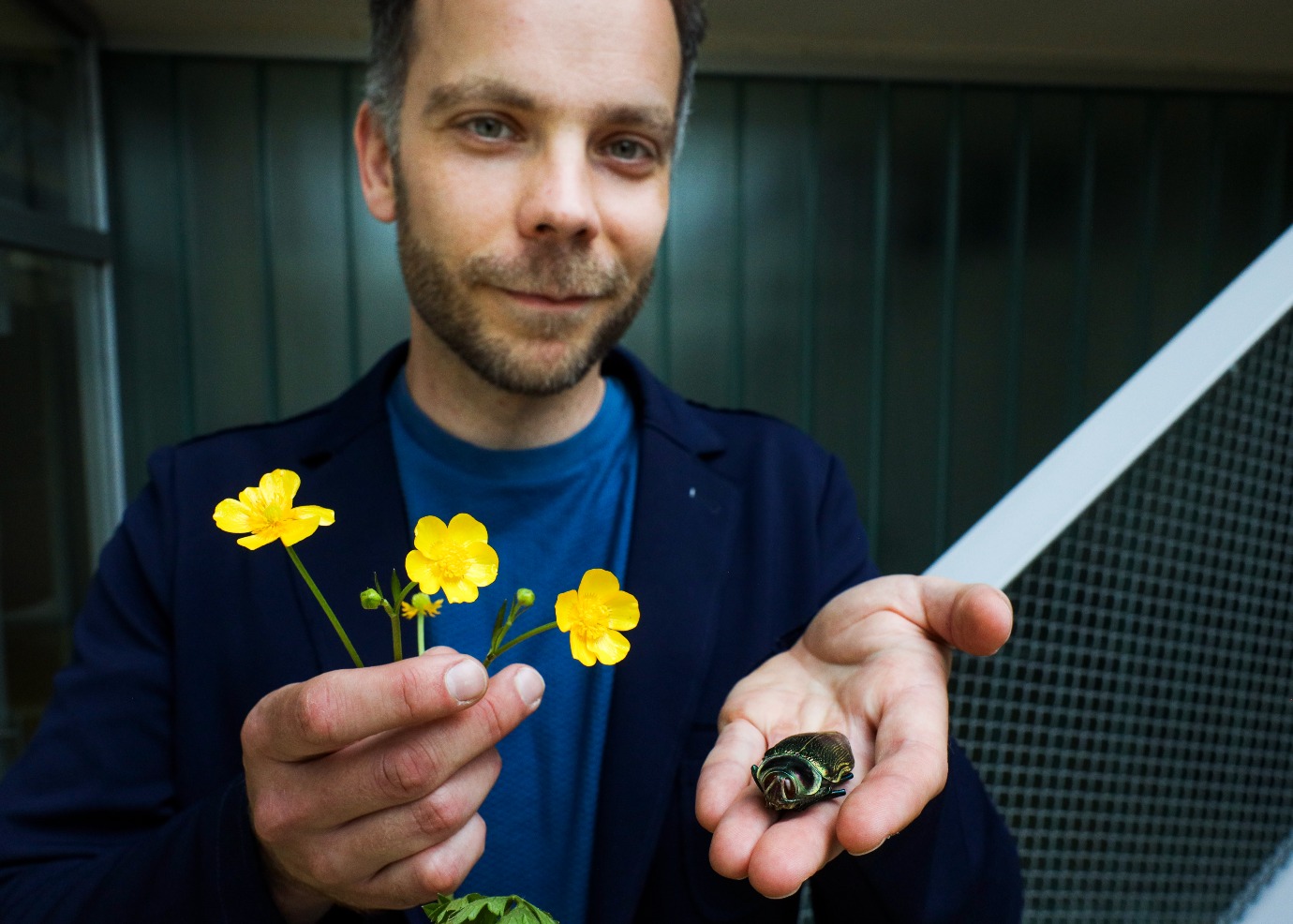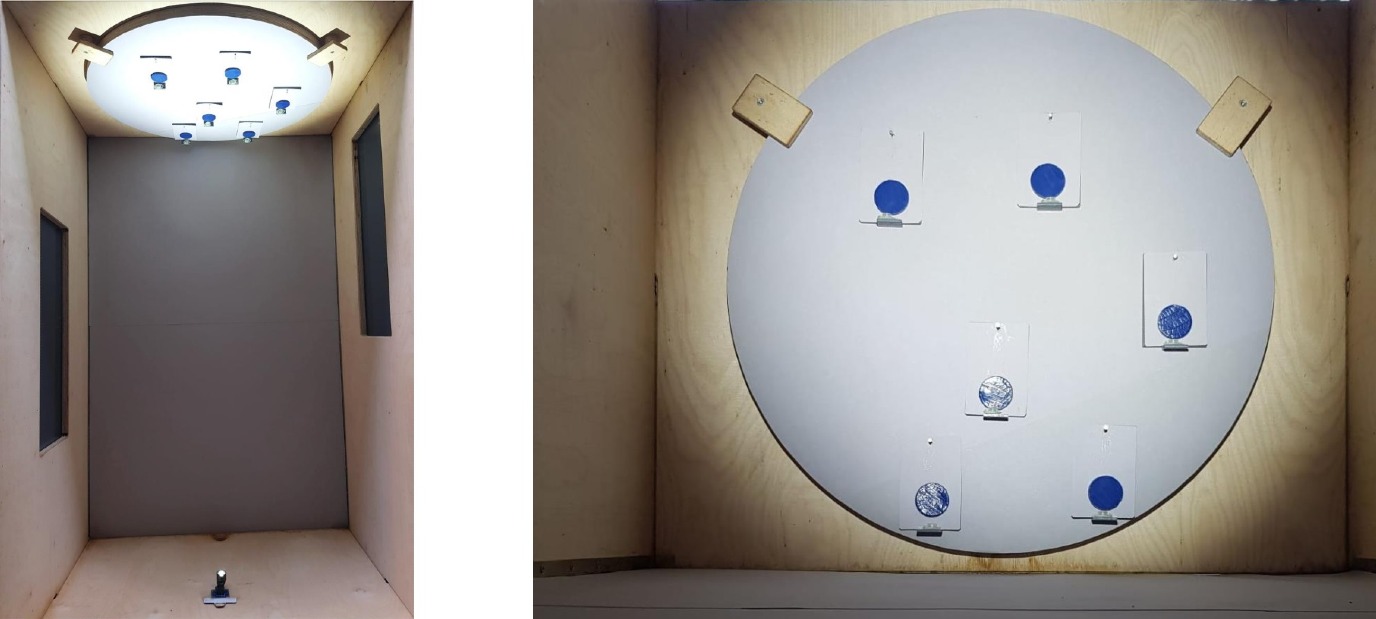Why are shiny colours rare yet widespread in nature?

Nature is brimming with colour in almost every season. While the majority of colours are matte, some are shiny. Evolutionary biologist Casper van der Kooi wondered why shiny colours are so rare. He researched how bees perceive glossy colours by using artificial flowers. The experiment showed that shiny objects can be easily seen from afar, but are more difficult to discern up close. ‘It’s a visual trade-off.’
FSE Science Newsroom | René Fransen
Biologists do not merely admire the colours in nature, they also develop theories to explain them. Most colours, such as the feathers of a great tit, the petals of a daisy, or the skin of a frog, are matte. These colours look the same from every angle. ‘Many colours serve as signals, for example, to attract pollinators or a mate,’ explains Van der Kooi. ‘These signals are most effective when they remain consistent in both time and space.’

Better traps for pest insects
However, there are also examples of shiny colours throughout nature, such as the glossy petals of a buttercup, or the metallic blue hue of certain butterflies. Van der Kooi: ‘These shiny colours have a dynamic quality: how you perceive them depends on the angle of observation, the level of illumination, and the time of day.’ He tested the effect of artificial flowers of different colours on bumblebees in large cages. The result shows that shiny colours are more conspicuous from a large distance, akin to a flashing lighthouse or the blue lights of an emergency vehicle.
‘At close range, their shininess will make them more difficult to see in detail. It’s similar to reading a glossy magazine in the sun: the letters will be hard to discern because of the shiny surface. So, there is a trade-off, which explains why dynamic, shiny colours are rarer than static, matte ones,’ explains Van der Kooi. ‘We could use this new knowledge to build better traps for pest insects, and advise engineers on how to prevent bees from flying to solar panels instead of flowers.’
Reference: Alexander Dietz, Johannes Spaethe, Casper J. van der Kooi: Dynamic visual effects enhance flower conspicuousness but compromise color perception. Science Advances, 26 November 2025.
More news
-
25 November 2025
NWO ENW-M grants for three FSE researchers
